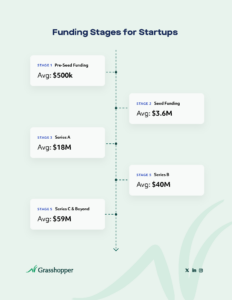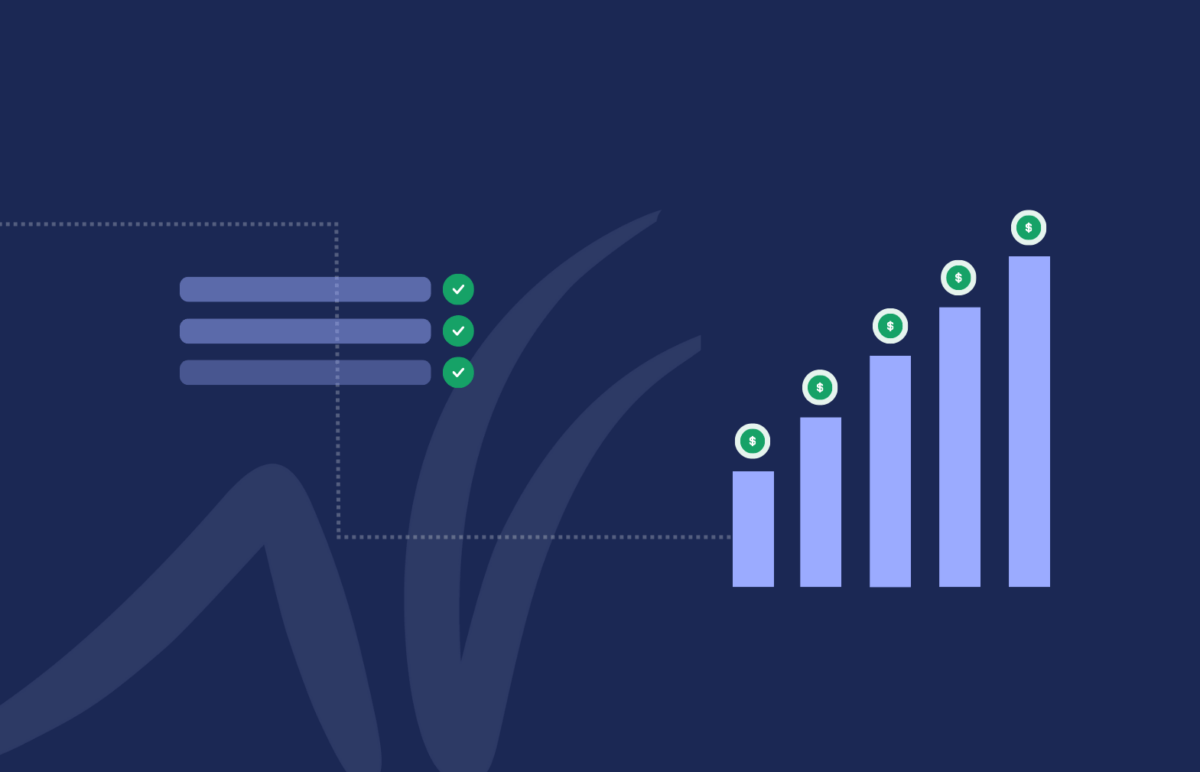Becoming a successful startup requires more than just a brilliant idea. It requires passion, perseverance and access to a steady stream of funds provided by investors who believe in your idea and your company’s potential long term growth. When it comes to funding, venture capital is one of the best types of financing available for startups. However, if you’re considering venture capital to fund your startup, you will likely need to raise multiple rounds of capital at different stages of your company’s lifecycle, so it’s essential to understand what you can expect at each stage.

Stage 1: Pre-Seed Funding (Average $500K)
Historically, seed funding was considered the first round of institutional capital that a startup would raise. However, the pre-seed investment stage has emerged over recent years as entrepreneurs have become successful in finding financial support earlier in the funding process. Although pre-seed funding is typically provided by family, friends, angel investors or incubators/accelerators, some startups are able to secure financial resources from investors who specialize in early stage startups, allowing them to hire employees, build minimum viable products (MVPs), and gain momentum for future funding rounds. The size of funding at each stage can vary drastically from company to company, but research shows that startups can raise anywhere from $100,000 to $5 million in the pre-seed stage.
Stage 2: Seed Funding (Average $3.6M)
Compared to pre-seed, seed funding is where startups secure a significant amount of capital to accelerate their growth. This funding round is known as seed funding because it’s the stage in which a startup plants a “seed” and uses the funds to refine its MVP, kickstart marketing efforts, and attract early adopters. The goal in this stage is to raise enough funds to be able to prove to future investors that your startup has the capacity to grow and scale. Prior to 2015, the average seed funding for a US-based startup was below $1 million, but deal sizes in this stage have exploded over recent years with the average startup raising approximately $3.6 million in 2023.
Stage 3: Series A (Average $18M)
Following seed funding, the next funding round is called Series A. Series A is the investment stage where you prove that your startup has what it takes to scale and generate long-term profits. Oftentimes, Series A is considered the most intimidating because it requires a formal valuation to determine what a startup is worth and how much money anyone with a stake in the company will earn in exchange for their investment. As startups enter this stage, they’ve already demonstrated early revenue growth, so the funds raised in this round are used to expand your team, enhance your product, and target a larger market. Typically led by venture capitalists and institutional investors, series A funding can range anywhere between several hundred thousand to millions of dollars.
Stage 4: Series B (Average $40M)
The Series B investment stage is all about “scaling up” and generally reserved for established startups trying to capture a larger market share. At this stage the goal is to prove that your company can achieve large scale success with a commercially viable product. Most of the time, startups in this stage have already achieved significant growth, so new capital raised in this round is primarily used to amplify reach, invest in research and development, improve infrastructure, explore new markets and meet the demands of a growing customer base. According to Crunchbase, Series B funding has ramped up substantially over the past decade with the average startup raising $40 million in 2023.
Stage 5: Series C & Beyond (Average $59M)
When approaching Series C, your company will speak for itself. Series C and subsequent funding rounds are where well-established startups secure massive investments to fuel exponential growth, expand globally, acquire other businesses and prepare for an initial public offering (IPO). Depending on your business strategy, a Series C funding round may be the end of the road for you in terms of venture capital financing. Since startups are considered mature at this point, you will have already captured a significant market share, have multiple revenue streams, are nearing profitability, and a key player in your industry. Typically led by venture capital firms, private equity firms or hedge funds, late stage investments can range anywhere from tens of millions to hundreds of millions of dollars.
The Bottom Line
The cost of a startup is different for everyone, but raising the right amount of capital is critical to achieving key milestones and keeping business moving forward, which is we launched Grasshopper Connect to help make it easier for founders to gain access to capital. Hopefully, this guide has given you a little insight into the fundraising process and what it takes to transform from a startup to a profitable enterprise. Want to fuel your fundraising success? Take the first step – apply for an Accelerator Checking account to tap into Grasshopper Connect and bridge the gap between your startup and potential investors. Your next big opportunity awaits!
By Brana Webb in Startups



